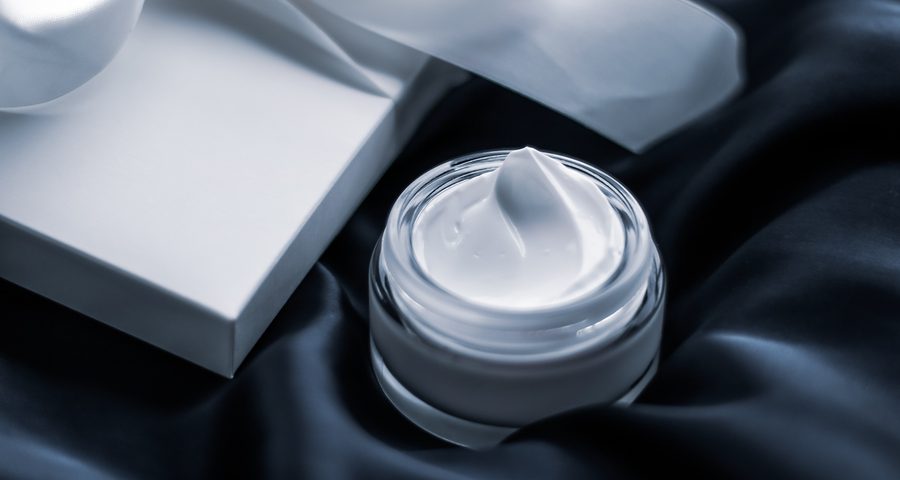Coco Chanel was a true turning point in the history of fashion, cosmetics, fragrances and style. One of her most famous phrases is “Luxury is a necessity that begins where necessity ends” and I think there is no better definition. Luxury in cosmetics is an exciting topic and in order to understand the current trends in the category we have to start by investigating consumer’s psychology: Why do we like to buy fancy things? Luxury products are not something we need to survive but rather, they help us show who we are … The truth is that luxury is a consumption pattern that does not disappear, time only modifies the concept of luxurious. For example, some time ago luxury was related to material things, nowadays we want to spend our money on unforgettable and unique experiences.
What makes an article exclusive? There are many factors that determine it but they all have one common element: scarcity. A cosmetic can be valuable because of the price, its technology, the packaging design, its benefits, the experience its use produces or the level of customization. According to Bain & Company, this market continues to grow steadily at 5% annually, with 260,000 million euros in sales in 2018 and a forecast for 276.000 million euros for 2019. Now we will see some of the most interesting trends.
Minimalist prestige: In a recent interview, Tom Ford said he had never managed to find facial treatment products that fulfilled his high standards and that’s why he launched Tom Ford Research, an ultra-luxury skin care line developed for all skin types and genders which includes white porcelain cocoa (an exotic class of cocoa), caffeine and gyokuro (a special variety of antioxidant-rich tea) in its composition, it is a line that has only two formulations, cream and serum. The concept is very interesting because it focuses on a high performance minimalism, universal and genderless.
From fine fragrances to skin care: Luxury concepts are also related to sustainability, clean beauty and originality. This is why this year we have seen how the companies that produce skin care technology are taking advantage of the by-product materials coming from the fine fragrance industry to develop new technologies with anti-aging benefits. This is a very striking trend, because we are seeing how the perfume icons of the luxury category become a source of materials and concepts for new high-end skin care launches.
Premiumisation: This is the process for making the brand and products more appealing for the consumer, emphasizing their exclusivity. This is a booming trend in Latin America. Euromonitor recently published a regional study where it indicates that some cosmetic categories achieved growth above the global average in the 2016-2017 period and that approximately 50% of consumers are willing to pay more for premium products. This trend is due to the fact that the middle class and the senior population are growing steadily in most countries.
Millennial luxe: Millennials are revolutionizing the concept of luxury. Young people request environmentally friendly products and more ethical and responsible consumption since the values of society are changing and cosmetic brands are adapting. This segment is also eager for experiences and that is why time, health and quality of life define the new luxury. They put travel and new experiences before traditional consumption. Then, the new buying criteria includes caring for the environment, fair human work and animal welfare.
Virtual goods: The virtual goods market is increasing in its appeal and represents a great opportunity for luxury brands. This year we are seeing-more luxury companies venture into the development of virtual products.
Flagship stores: Model stores based on customer experience, luxury and customization is trending in Latin America. The new trend for the sale of products and services now involves the five senses, instinct and sensations. In the main cities of the region we see how foreign and local brands are making million-dollar investments to innovate in this concept. Luxury loves flagship stores because it allows for new experiences for the customers. For example, in Bogotá, an important bank has announced the opening of its first flagship store right in front of one of the most prestigious shopping centers, with Wi-Fi, sale of products, including high-end cosmetics, coffee tastings and a host, instead of a guard. In another flagship store of luxury men’s footwear, on the elegant 82nd Street, also in Bogotá, it is possible to live a unique experience, since the customer upon arrival, can taste a whiskey, get acquainted with the brand, attend a workshop and paint their own shoes. Statistics indicate that customers are more loyal to these concepts. In these stores the staff is trained and qualified to interact with the customer, who can spend between 30 and 45 minutes, while in a regular store it takes 10 to 20 minutes.
Z-Luxe: This generation (people from 16 to 22 years old) is appearing on the radar of the luxury market, since it is a population that is entering the workforce. Projections indicate that in 2025, millennials and the Z generation will be responsible for 45% of the luxury goods market and 130% of their growth. While brands have great opportunities, they must also face challenges, as these consumers live and spend in a radically different way from previous generations.
Luxemalism… As Coco Chanel said: “The best things in this life are free. The second-best things are very expensive.” We are facing the new trends of intense, sustainable, experiential and responsible luxury. A challenge for innovation in cosmetics.

